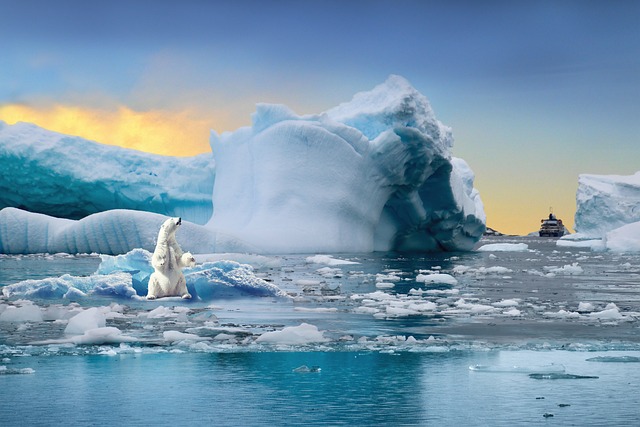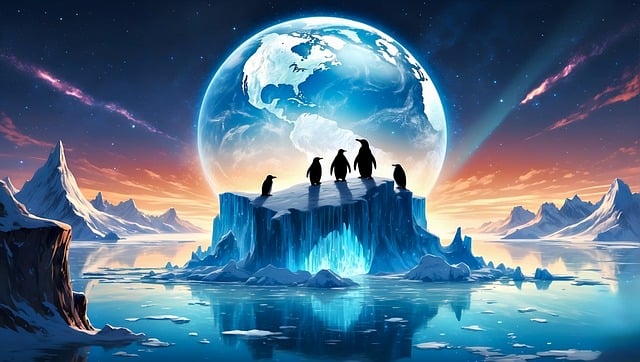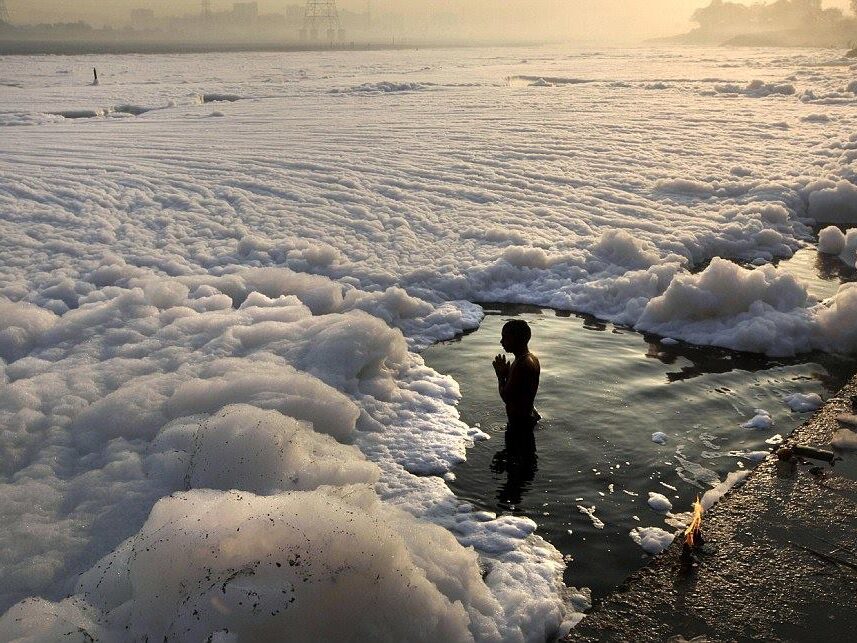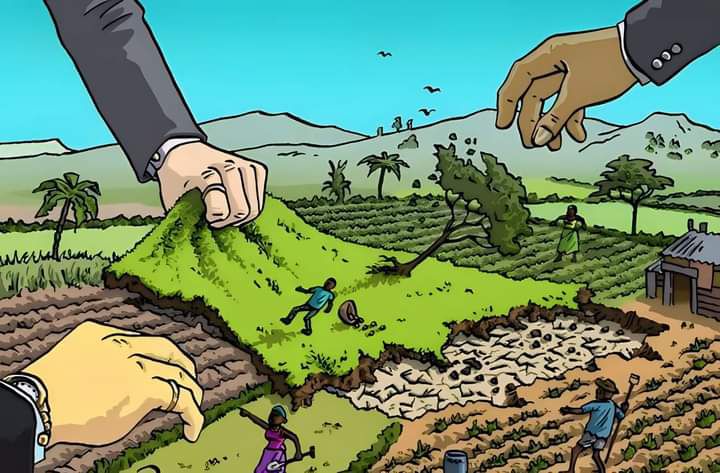The Global Environmental Issues Right Now
Nature WorldWide November 8, 2024 0
Global Environmental Issues
Global Environmental Issues transcend borders in today’s interconnected world, affecting ecosystems, communities, and economies globally. Addressing these issues requires awareness, collaborative action, innovation, and policy reform. Here, we discuss the global environmental issues that need urgent attention.
1. Climate Change
Description: Climate Change represents a primary threat, largely due to human activities that increase greenhouse gas emissions. This causes a rise in global temperatures, altering weather patterns and leading to more extreme events.

Key Drivers:
- Emissions from fossil fuels are used in transportation, industry, and electricity production.
- Deforestation reduces the Earth’s capacity to absorb CO₂.
- Agricultural practices, including livestock emissions and methane release.
Effects:
- Rising temperatures lead to melting glaciers and rising sea levels, threatening coastal communities.
- More frequent and severe natural disasters, such as hurricanes, wildfires, and floods.
- Disrupted ecosystems, with many species struggling to adapt or facing extinction.
Read More: 12 Biggest Environmental Problems of 2024
Potential Solutions:
- Transition to Renewable Energy Sources, such as wind, solar, and hydroelectric power.
- Invest in reforestation and afforestation projects to absorb more CO₂.
- Adopt energy efficiency standards and encourage sustainable agricultural practices.
2. Biodiversity Loss
Description: Biodiversity loss—driven by habitat destruction, pollution, overfishing, and climate change—threatens the survival of numerous species and disrupts ecosystem balance.

Key Drivers:
- Habitat destruction due to agriculture, urban expansion, and mining.
- Pollution, particularly Plastic Pollution, contaminates ecosystems and affects marine and terrestrial life.
- Overexploitation of species through hunting, fishing, and trade.
Effects:
- Biodiversity Loss reduces ecosystem resilience, making it harder to adapt to climate change.
- Disrupted food chains, can affect agricultural productivity and food security.
- Loss of natural medicines and resources derived from various species.
Read More: 10 Human Problems That Only Nature Can Solve
Potential Solutions:
- Protect and expand nature reserves, creating safe habitats for endangered species.
- Implement sustainable fishing and hunting practices.
- Educate communities about the importance of biodiversity and involve them in conservation efforts.
3. Air Pollution
Description: Air pollution from vehicles, industrial emissions, and chemical use affects both human health and the environment.

Key Drivers:
- Fossil Fuel combustion in power plants, vehicles, and industries.
- Agricultural activities, especially livestock emissions and pesticide use.
- Wildfires release large amounts of carbon and other pollutants into the air.
Effects:
- Health impacts, such as respiratory issues, cardiovascular diseases, and increased mortality rates.
- It contributes to acid rain, which harms aquatic life, forests, and soil.
- Accelerates climate change by increasing greenhouse gases in the atmosphere.
Read More: Effect Of Climate Change On Earth
Potential Solutions:
- Promote public transportation and transition to electric vehicles.
- Regulate industrial emissions and enforce pollution control measures.
- Raise awareness about the health risks of pollution and advocate for cleaner energy sources.
4. Water Scarcity and Pollution
Description: Water is vital, yet mismanagement and pollution lead to scarcity and degraded quality. Climate change exacerbates droughts and water availability worldwide.

Key Drivers:
- Industrial waste, Agricultural Runoff, and plastic pollution contaminate water sources.
- Over-extraction of water for irrigation and urban use depletes groundwater levels.
- Climate change impacts natural water cycles, reducing freshwater availability.
Effects:
- Water scarcity threatens drinking water supplies, agriculture, and food security.
- Pollution makes water sources unsafe, causing health issues and biodiversity loss.
- Increased conflict over water resources, especially in arid and developing regions.
Read More: The Impact of Climate Change on Ecosystems: A Call to Action
Potential Solutions:
- Implement water-saving technologies and efficient irrigation methods.
- Encourage waste treatment systems and reduce plastic use.
- Protect wetlands and other natural water systems to maintain biodiversity.
5. Soil Degradation and Desertification
Description: Unsustainable agricultural practices, deforestation, and overgrazing degrade soil quality, leading to desertification.

Key Drivers:
- Deforestation for agriculture and urban development.
- Intensive farming practices that strip soil of nutrients.
- Climate change exacerbates dry conditions in vulnerable regions.
Effects:
- Reduced agricultural productivity, threatening food security.
- Increased dust storms contribute to respiratory health issues.
- Loss of soil biodiversity and ecosystem services.
Potential Solutions:
- Promote regenerative agriculture to restore soil health.
- Reforestation projects to stabilize soil and combat desertification.
- Educate farmers on sustainable land management practices.
6. Waste Management and Plastic Pollution
Description: Waste mismanagement, especially plastic, affects terrestrial and aquatic ecosystems, harming wildlife and leaching toxic substances.

Key Drivers:
- Excessive use of single-use plastics and lack of recycling infrastructure.
- Industrial waste, including toxic chemicals, is improperly disposed of.
- Consumer culture that prioritizes disposable goods over sustainable alternatives.
Effects:
- Wildlife suffers as animals ingest or become entangled in plastic waste.
- Microplastics enter the food chain, affecting human health.
- Leaching chemicals pollute soil and water, disrupting ecosystems.
Read More: How will climate change affect wildlife?
Potential Solutions:
- Strengthen recycling infrastructure and reduce plastic production.
- Encourage businesses and consumers to adopt zero-waste practices.
- Raise awareness about plastic pollution and promote reusable alternatives.
7. Ocean Acidification
Description: Increased CO₂ absorption by oceans changes their chemical composition, threatening marine life, especially coral reefs and shellfish.

Key Drivers:
- Oceans absorb CO₂ emissions from fossil fuels.
- Deforestation reduces the Earth’s CO₂ absorption capability, thus more CO₂ reaches the sea.
- Overfishing and habitat destruction, weakening marine ecosystems’ resilience.
Effects:
- Coral bleaching and the loss of coral reefs are essential for Marine Biodiversity.
- Reduced shell-building capacity for shellfish, affecting the marine food web.
- Decreased biodiversity and altered fish populations impact fishing industries.
Read More: Why We Need Nature for a Better Life
Potential Solutions:
- Cut CO₂ emissions and promote carbon capture technologies.
- Implement marine protected areas to help ecosystems recover.
- Promote sustainable fishing practices to protect marine biodiversity.
Conclusion:
Shaping a Sustainable Future
The scale and complexity of these Global Environmental Issues are daunting, but there is hope. Collective action, informed policies, and a shift in consumer and industrial practices can significantly reduce the environmental impact. Governments, businesses, and individuals each play a role in addressing these challenges. Adopting sustainable habits, supporting eco-friendly policies, and raising awareness are critical steps we can all take. Working together to tackle these Environmental Challenges will pave the way toward a healthier planet for generations to come.




